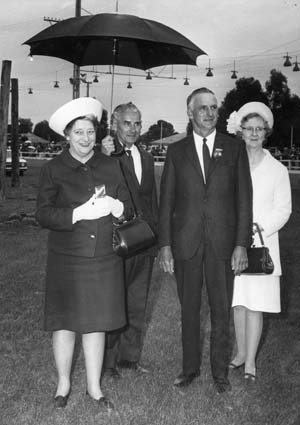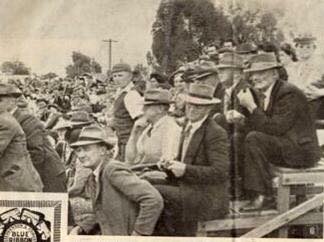When were we formed?
The Shepparton Agricultural Society was formed in 1877, the year they held their first show.
Our previous location
Prior to 1899, the show was held near the Goulburn River on the corner of Nixon and Marungi Streets.
Our permanent home
The current site on High Street became the permanent home of Shepparton Show in 1899.
Rules


Annual shows and other events have been held at the showgrounds continuously since 1899, except during World War II when it was used as a recruiting and training depot.
Throughout its history the Show has been opened by two Governor Generals and was considered the largest Agricultural Show in rural Victoria.
The Greater Shepparton City Council commenced a substantial redevelopment of the showgrounds site in 2003 with financial assistance from the Victorian Government.
The original site was reduced in area and facilities were upgraded to accommodate a wide range of community activities while remaining the home of the annual Shepparton Show each October.
The Grandstand was relocated 30m south of it’s original position, to enable extension of Fryers Street.
The Cattleman’s Bar was relocated from the east of the parade ground.
In 2015 the Shepparton Show embarked on a re-brand of the event, to mark the completion of works at the Showgrounds site. For the first time since 2004 the Shepparton Show will have full use of all space on the site, following the completion of Greater Shepparton City Council’s capital works program.
Wartime Facts
Did you know the showgrounds were used as a recruiting and training depot during World War II?
Picture this:
- During the war the Grandstand building was an Officer’s Mess with a kitchen attached.
- The Cattleman’s Bar was located on the east side of the Parade Ground and served as a Post Office when the site was occupied by the Army, and the Drill Instruction Office under the RAAF.
- The entrance gates were used as a point of controlled entry to the site with a guardhouse and sentry boxes inside the gates.
